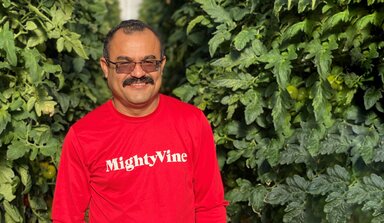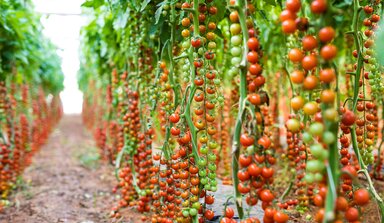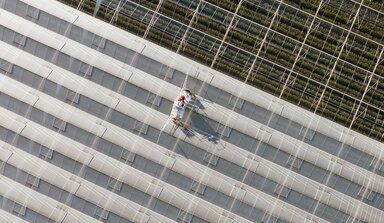‘It is important to keep your crop strong in summer’
Light levels were high in recent summers. Yet tomato growers did not manage to fully convert this light into increased production for this particularly light-loving crop. International crop consultant Frans van Meurs speaks about the importance of having a strong crop.
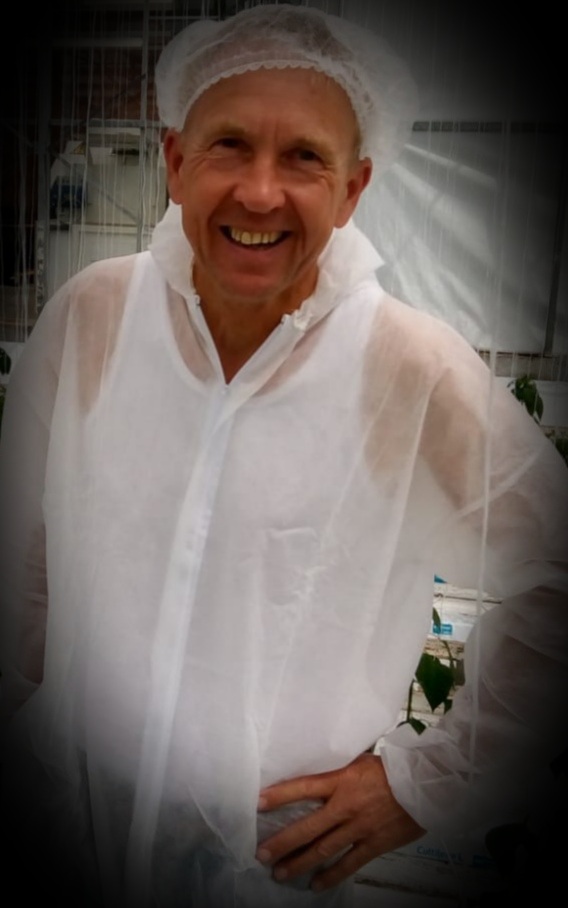 Van Meurs was a tomato grower himself for thirty years and for the past fifteen years has been a consultant to other tomato growers. He is a member of the Cropex Group: independent crop advisors who exchange their knowledge with each other. Van Meurs’s customers are located in North-Western and Central Europe. They all are forced to deal with the changing climate in summer; there are more hot and dry periods.
Van Meurs was a tomato grower himself for thirty years and for the past fifteen years has been a consultant to other tomato growers. He is a member of the Cropex Group: independent crop advisors who exchange their knowledge with each other. Van Meurs’s customers are located in North-Western and Central Europe. They all are forced to deal with the changing climate in summer; there are more hot and dry periods.
‘That does not need to be a problem, provided you are able to maintain a good greenhouse climate. A 28-29°C temperature with the right humidity is excellent for tomatoes. However, if the relative humidity drops down to 40-50%, the crop will become stressed. Once that happens, it is no longer possible to convert a higher light level into higher production. We are likely to have too much heat rather than too much light. If these kinds of summers continue, you will have to do something about it,’ he says.
BALANCED CROP
The required action is twofold: start off the summer with a strong plant and reduce the level of stress. Van Meurs emphasises that keeping the crop in balance in spring is important. ‘In spring you can generally grow your crop without any problems. During this time it is important to keep an eye on the 24-hour temperature and to control it using the grow pipe. You need to keep ripening constant and provide for a uniform plant load. The fruits must not stay on the plant too long. This applies to spring as well as early summer. This way you will keep the plant strong and it will be thriving when summer starts. The plant will then be better able to deal with extreme conditions,’ he says.
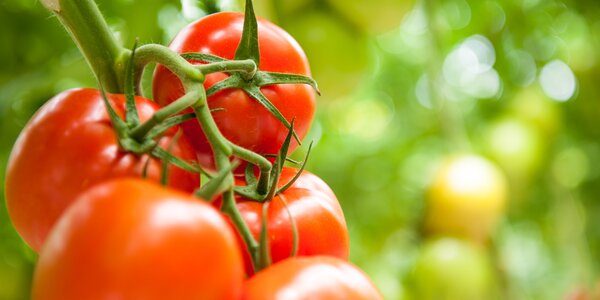
Frans van Meurs
Reducing Stress
Maintaining an ideal 24-hour temperature becomes more difficult in summer. It will then be important to reduce stress levels. There are several ways to do this: coating, venting, screening and managing the humidity. First, it is important to figure out what the stress factor is. This is usually not the light intensity, but a high plant temperature and a low humidity.
The use of a heat-reflecting coating that still allows lots of light to pass through may then be an excellent choice. ‘At a customer who used ReduHeat it was clearly evident that the plants were experiencing less stress. The development and growth of the tomato trusses was good. The rate of growth – 0.9 tomato trusses/week – was maintained. When there is too much heat and an excessively dry climate, you will experience problems with flowering and fruit setting. In addition, the fruits remain too small. In such cases reflecting heat is a sensible thing to do,’ he says.
Resistance
The greenhouse tomato sector is currently plagued by virus problems. This is a problem coming from outside factors and must primarily be addressed through hygiene. For other diseases and plagues, he believes that it definitely helps when the crop is stronger. Here, too, the principle that once again applies is: start off summer with a strong crop and reduce stress.
‘If we are moving towards a persistently hotter climate, this requires action. The problem first becomes urgent in lower greenhouses. We can extract more from the light by converting the available light into increased production provided that the crop remains vital.’
